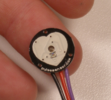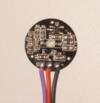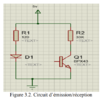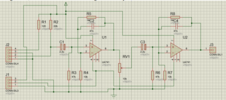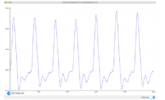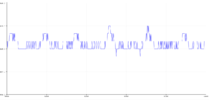imane tech
New Member
Hello Community!
During My project of "removing motion artifacts from the PPG signal" I faced many problems related to the pulse sensor that it didn't give me any good signal, and it is for commercial use, that's why I decided to build the sensor and replace it with an electronic circuit using electronic components like resistors, transistors...I ordered another pulse sensor, but it takes time to be shipped to me, and I'm not sure if it will work well for me or not. Moreover, I don't have time to waste. I'm quite confused, what do you think? And Thank you!
Ps: That pulse sensor, I discovered that it was ruined, using a multimeter!
During My project of "removing motion artifacts from the PPG signal" I faced many problems related to the pulse sensor that it didn't give me any good signal, and it is for commercial use, that's why I decided to build the sensor and replace it with an electronic circuit using electronic components like resistors, transistors...I ordered another pulse sensor, but it takes time to be shipped to me, and I'm not sure if it will work well for me or not. Moreover, I don't have time to waste. I'm quite confused, what do you think? And Thank you!
Ps: That pulse sensor, I discovered that it was ruined, using a multimeter!

